ISSN ONLINE(2319-8753)PRINT(2347-6710)
ISSN ONLINE(2319-8753)PRINT(2347-6710)
Wankhade Sachin D 1, Bhor S.K 2,Nagraj A.M3
|
| Related article at Pubmed, Scholar Google |
Visit for more related articles at International Journal of Innovative Research in Science, Engineering and Technology
This paper presents a review of investigation of thermal performance in natural convection from different geometrical fins. There are many methods for investigation of thermal performance of fins with different geometrical parameters. The thermal performance in natural convection from different geometrical fins being reviewed includes analysing the natural convective heat transfer from vertical fins, also similarity solutions for boundary layer equations for the cases of uniform surface heat flux, analytical work on vertical channels, an analytical study to investigate the natural convective heat transfer from two parallel plates, correlated the Nusselt number based on the squared root of the wetted area for the three dimensional bodies, a numerical approach to investigate the developing flow in the channel and the heat transfer between symmetrically heated, isothermal plates, the heat transfer from inclined interrupted fin channels, calculated natural heat transfer coefficients for four different fin arrays and three different base plates, the natural convection and radiation heat transfer From twelve large vertically based fin arrays also naturally cooled vertical shrouded fins. This present paper can be used as the first guideline for the researcher for changing different orientation of the interrupted fins for 3-D analysis by using FLUENT software also numerical model for investigation of interruption effects
Keywords |
| Thermal Performance, Interrupted fin, Natural Convection. |
INTRODUCTION |
| Thermal processes have practical importance in the heat exchangers from the heat transfer point of view. For the application of heating and cooling widely used are Heat exchangers. For designing the heat exchangers Heat transfer, pressure losses, weight and price should be taken into account. Obtaining high heat transfer rates through various enhancement techniques can lead to substantial energy savings. In a heat exchanger Heat transfer processes are mainly improved by turbulence promoters via providing suitable optimum flow condition having different geometrical features as well as orientations. The heat transfer process are closely related to the performance the effects of the sizes and orientations of these geometries.The High power density electronics requirements design of efficient cooling strategies is essential for reliable performance. Many of a failure mechanism in electronic devices, such as inter-metallic growth, metal migration, and void formation, are closely related to thermal effects. |
| Now a day, the thermal losses of power electronic devices are rapidly increasing. At the same time, decreasing their sizes .As we know, heat sinks have to be dissipating higher heat fluxes in every new design. Therefore, devising efficient cooling solutions is to meet these challenges is of paramount importance as well as it has direct impacts on the performance and reliability of the electronic and power electronic devices. |
| Fins are come in various forms of shapes; such as rectangular, circular, pin fin rectangular, pin fin triangular, etc., shown in Fig.1, depending upon the application. Out of these Rectangular fins is the most popular fin type because of their low production costs as well as it high thermal effectiveness. |
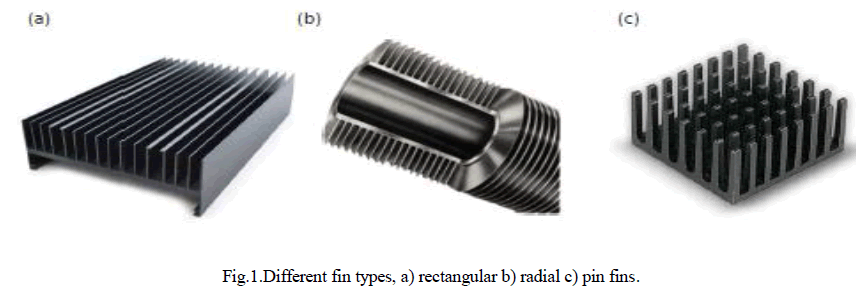 |
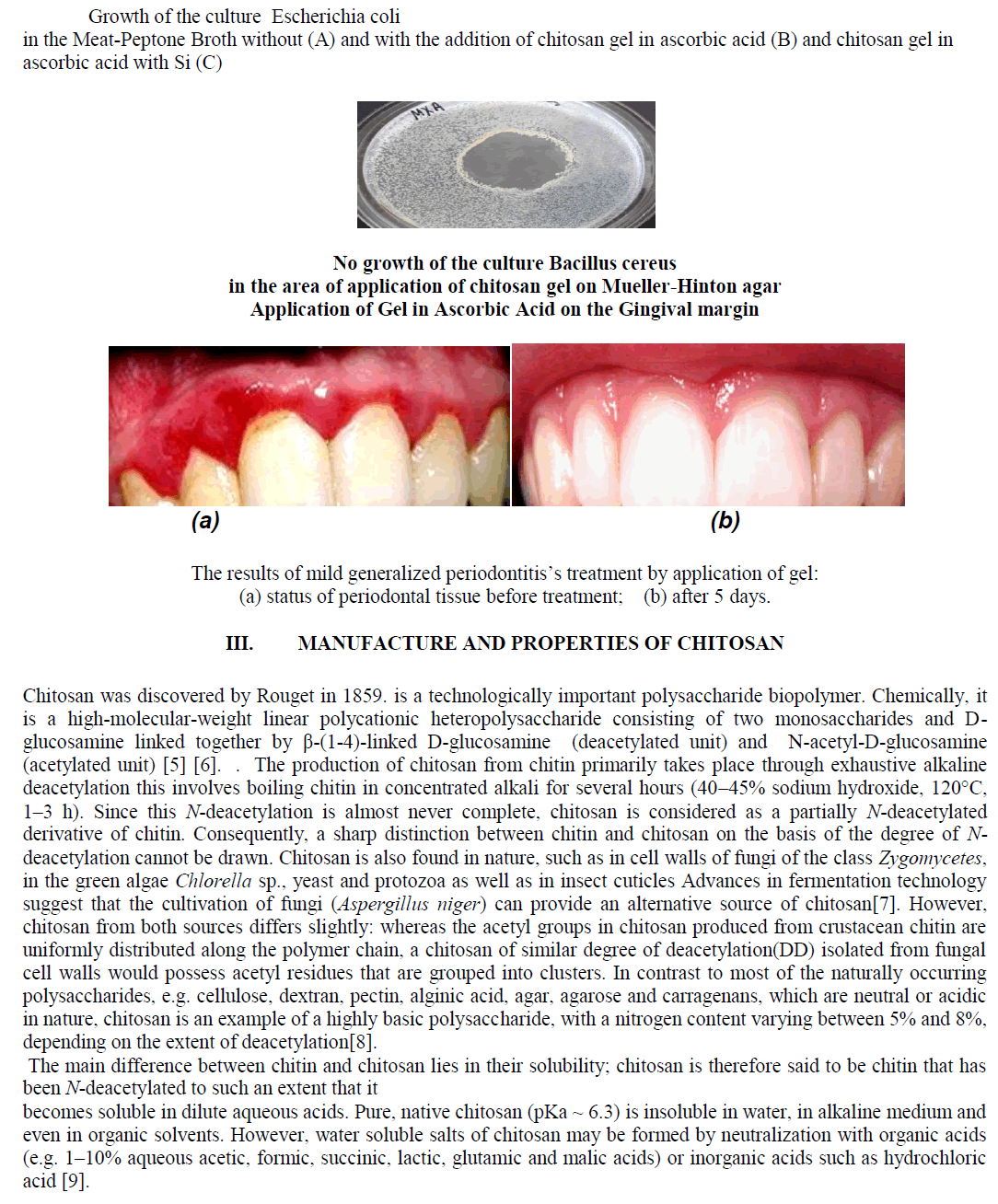 |
| The main focus of this study is on natural convection heat transfer from an interruption, vertical and rectangular fins. However, a more general overview on these literatures in the area of natural heat transfer from fins is provided in this section. A number of varieties of theoretical expressions, graphical correlations also empirical equations have been developed to represent the coefficients for natural convection heat transfer from vertical plates and the vertical channels. These studies are mostly focused on geometrical parameters of the heatsinks as well as fins, such as fin spacing, fin height, fin length, as well as, fin directions also. Following study shows a summary of the literature review as it pertains to analytical, numerical or experimental type of work. |
| Three dimensionless numbers are important in natural convection heat transfer: the Nusselt (Nu) number, the Prandtl (Pr) number and Rayleigh number (Ra). These three non-dimensional numbers are used extensively in the heat transfer literature for analytical purposes only. These Number explain as, The Nusselt number is the ratio of convection heat transfer to the fluid conduction heat transfer under the same conditions. |
| 1.1 Vertical walls: |
| By assuming vertical wall geometrical parameters are shown in Fig.1.3. |
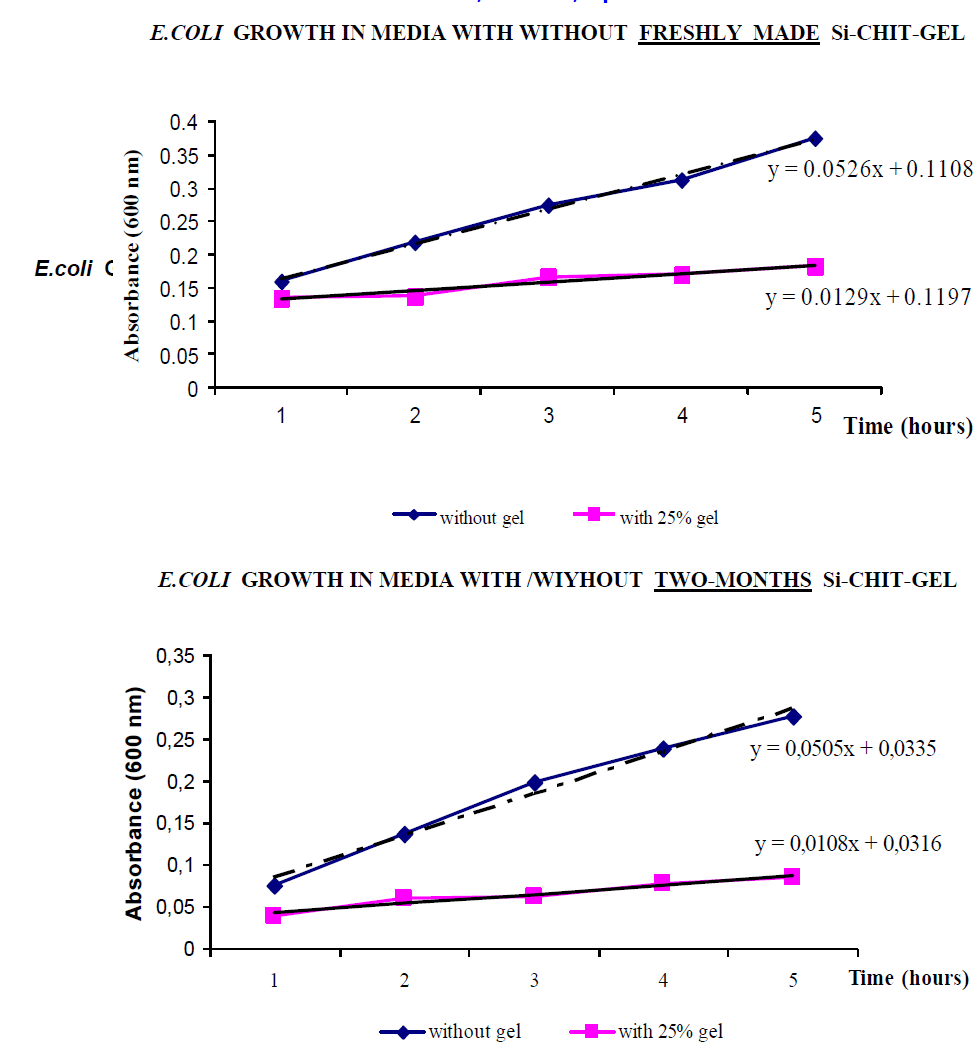 |
 |
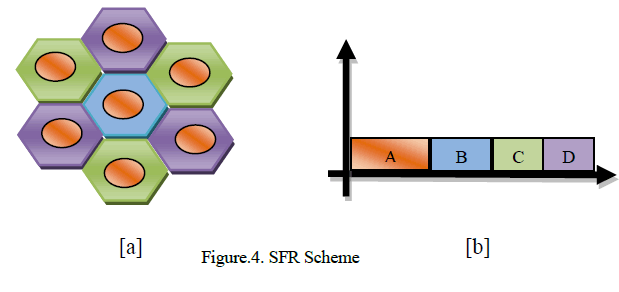 |
| natural heat transfer coefficients for four different fin arrays also with three different base plates was calculated by Starner and McManus [13]. Flow patterns for each of these cases were observed by using new smoke filaments. Parameters which were varied in their study were the fin spacing as well as the height, respectively. Welling and Wooldridge [14], who was investigated large arrays with comparable fin heights, confirmed the findings of [13] for the vertically based fin array orientation of the geometry. The natural convection as well as radiation heat transfer from twelve large vertically based fin arrays was investigated by the Chaddock [15]. |
| Another study by Aihara [16, 17] investigated the natural convection as well as radiation heat transfer from an eleven large vertically based fin arrays. In the former work [16], He was to be conducted an experimental study of the heat transfer from the base plate in experiments. The effect of fin geometry and temperature on the average heat transfer coefficient has been studied and an empirical correlation was to be obtained. In their latter work [17], a series of experiments were focused on heat transfer from the fins reported. Based on their experimental data, they finding a correlated average Nusselt number |
| Leung et al. [18, 19, 20, 21, and 22] and Van de Pol and Tierney [23] were investigated mostly focused on the effects of varying fin geometrical parameters, mainly, the array, and base plate orientation. They finding a relationship for the Nusselt number based on the fin spacing for different ranges of Rayleigh number Ra . |
| An important role plays in the heat transfer from fin arrays mainly in Radiation heat transfer. This has been shown by Edwards and Chaddock [24], for different value of Rayleigh number Ra as shown in following equation, |
 |
Objectives |
| 1. The goal of this study is to investigate the effects of fin interruption in natural convection. |
| 2. Determining an optimum value for different geometrical parameters of vertical fin arrays, mainly the length of fin interruption. |
METHODOLOGY AND MODELING |
| Problem statement: |
| A schematic of the considered fin geometry with their salient geometric parameters is shown in Fig.2.1. When the heatsink is heated, the buoyancy force causes the surrounding fluid to start moving therfor as a result thermal boundary layers start to develop at the bottom edges of the fins. the boundary layers mostly merge if the fins/channels are sufficiently long(continuous), creating a fully developed channel flow [2]. Interrupted fins, therefore, disrupt the thermal boundary layer growth also maintaining a thermally developing flow regime, which can lead to a higher natural heat transfer coefficient. |
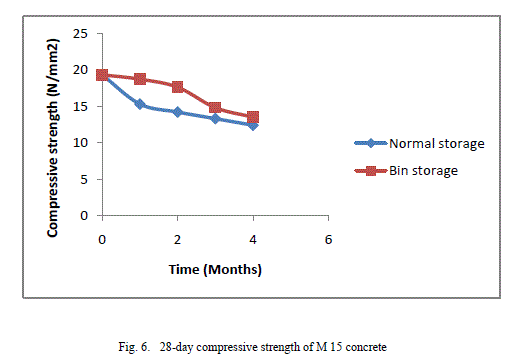 |
| To investigate the effects of fin interruption in 3-D and to determine an optimum fin length to interruption ratio, we started by using the existing analytical models of [3] to calculate the optimum fin spacing, s. The idea is to be decouple the effect of fin spacing from the fin interruption. As such, the fin spacing will be kept constant at its optimum value proposed by RohsenoweBar-Cohen model [4] throughout the analysis. We also independently investigated the effect of fin spacing experimentally. |
EXPERIMENTAL SETUP |
| The experimental study is to investigate the effects of fin interruption length as well as fin spacing on the natural convection heat transfer from the considered rectangular vertical fins. To enable this investigation, two new custommade test bed were designed. A number of heatsinks and single wall samples, with various geometrical parameters, were prepared. In total, two series of tests were undertaken. The first series of tests was designed to investigate the effect of interruptions in 3-D and their comparison to the non-interrupted (continuous) 3-D channels (shown in fig 2.3 a for continuous and b for interrupted model). The second series of tests were undertaken to validate the numerical data used for calculating the Nusselt number for the vertical fins. |
| A new testbed has been designed for measuring natural convection heat transfer from the finned heatsinks, as shown in Fig. 2.2 . The set-up included an enclosure made of poly(methyl)methacrylate (PMMA) which was insulated by a layer of foam with a thickness of 10 mm. The testbed also included 20 cm long Chromalox strip heaters (120 V, 150 W) , which were attached to 37 the backside of the fins base-plate, and a data acquisition system (DAQ). |
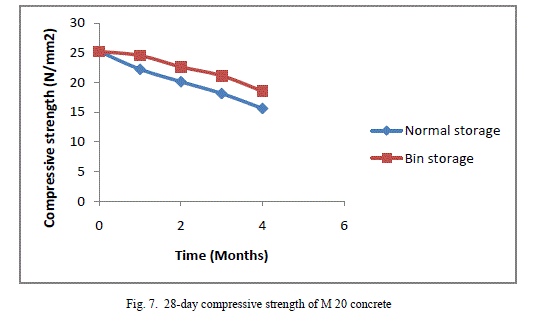 |
CONCLUSION |
| The present study provides a survey about Investigation of thermal performance in natural convection from rectangular interrupted fins where both the continuous and interrupted must be keeping into account simultaneously. It is conclude from these an important contribution on analysing the natural convective heat transfer from vertical fins with similarity solutions for boundary layer equations for the cases of uniform surface heat flux. The effect of an analytical study on the two parallel plates by natural convective. The three dimensional bodies based on the squared root of the wetted area correlated the Nusselt numbe.The effect on the heat transfer from inclined interrupted fin channels which improve natural convection heat transfer which are applicable in a variety of electronics, power electronics as well in telecom application. |
References |
|